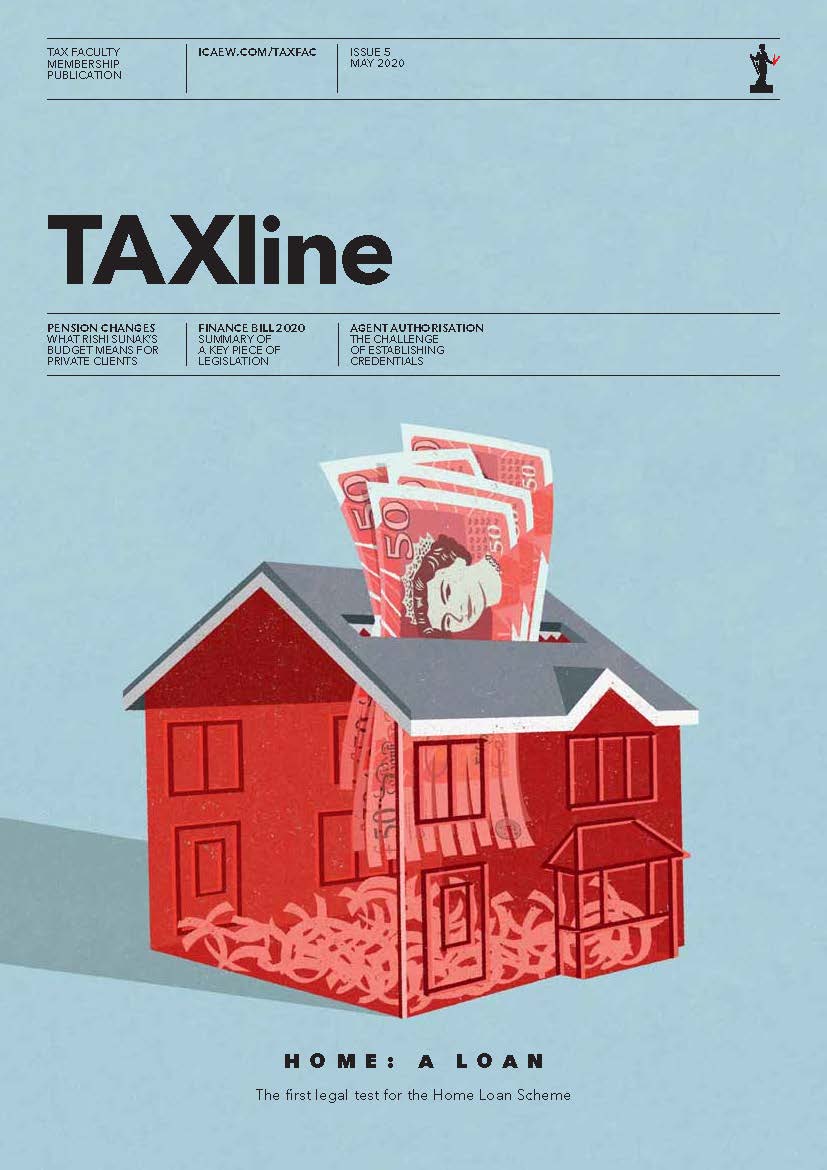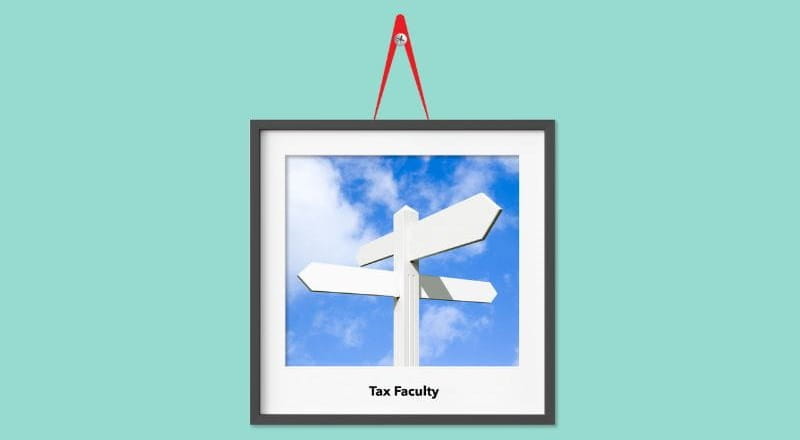Finance Bill 2021-22 includes legislation implementing the basis period reform first proposed in the summer. In short, the reform aims to move from taxing sole traders and partnerships that are subject to income tax from the current method, which is generally to tax profits arising to an accounting date (basis period) ending in a tax year, to taxing such businesses on the profits arising in a tax year.
The legislation remains broadly unchanged from the original draft, although a number of amendments have been included, especially those designed to help ease the impact of any additional tax charges on the additional profit attributed to the 2023/24 transitional year.
Some difficulties remain, especially for large international partnerships that cannot change their accounting date to match the tax year. The faculty continues to engage with HMRC to explore whether further changes can be introduced to mitigate these. This article explores some of the key changes and highlights some of the unanswered questions.
Transitional year
In the transitional year, businesses that do not have an accounting year end date between 31 March and 5 April will need to recognise two profit elements:
- The ‘standard part’ – being the profit on the 12 months’ worth of trading beginning with the start of the basis period ending in the transitional year
- The ‘transitional part’ – being the profits in respect of the period beginning immediately after the end of the basis period and ending on 5 April 2024.
Example:
| A business has a 12-month accounting period ending 30 April 2023. In the 2023/24 transitional year it will recognise: | |
| The profits arising in the 12-month period ended 30 April 2023 (the standard part). |
The profits arising in the period from 1 May 2023 to 5 April 2024 (the transitional part). |
Overlap relief
If the business has any overlap profits, it must offset these against the profits of the 2023/24 tax year. There is no facility to allow the business owner to defer the use of overlap relief and save it up to use on a subsequent occasion (eg on retirement).
Specific provision has been included to ensure that overlap relief is not one of the reliefs restricted under s24A, Income Tax Act 2007 (ITA 2007), which puts a limit on such reliefs of:
(a) £50,000; or,
(b) if more, 25% of the taxpayer's adjusted total income for the tax year.
Following a number of steps involving the deduction of overlap relief and comparison of the amount of the standard part and transitional part, two numbers arise:
- transition profits; and,
- the profits of the tax year 2023/24 (generally the share of the transition profits for 2023/24 plus the standard profit if that was more than nil).
Spreading the transition profits
The draft legislation published in the summer provided for the transition profits (after the offset of overlap relief) to be spread over five tax years, beginning with the transitional year itself. This is retained in the Finance Bill, but a facility to accelerate the recognition of the spread profit has been introduced. This allows an election to be made for additional profit allocation to kick in at any point during the spreading period, within 12 months of the self assessment filing date for the tax year in which the taxpayer wishes to recognise additional profits.
While spreading helps to mitigate the cashflow impact of recognising in some cases nearly two years’ worth of profits in one tax year, it has other unwanted consequences. For example, under the original draft of the legislation published in the summer, for those years over which the transitional profit is spread, taxable income would have been increased for the purposes of determining entitlement to personal allowances and the imposition of charges such as the high income child benefit charge.
The change introduced in the Finance Bill mitigates this effect by treating the transition profits as a separate one-off item of taxable income which is excluded from net income at Step 2, with the equivalent tax on that income being brought into charge at Step 7 of the income tax calculation at s23, ITA 2007.
However, this also has other repercussions, the most significant being that no credit can be claimed for overseas taxes suffered on the profits being spread. This particularly impacts overseas partnerships with a UK taxable presence and UK partnerships with overseas operations. The ICAEW Tax Faculty is discussing with HMRC how this outcome can be addressed.
Changing accounting date
Under the first draft of the proposals, a business would be penalised if it changed its accounting date in the transitional tax year because it couldn’t then spread any transitional profits arising in that year. This has now been resolved in the latest version of the legislation.
Losses in the transitional year
If a loss arises in the transitional year, the taxpayer can treat the business as ceasing on 5 April 2024 for the purposes of the terminal loss relief rules. This means that this loss can be carried back for up to three tax years, rather than the standard 12 months, to offset against profits taxed in those years.
Estimating and allocating profits to tax years
From the tax year 2024/25 onwards, owners will be taxed on the profits their businesses generated in the tax year concerned, calculated using a pro-rated proportion of the profits for the accounting periods falling partly in each tax year.
Building on the example above of a business with a 30 April accounting date, in 2024/25, the default position is that the business would be subject to tax on 25 days’ worth of profits from the accounting period ended 30 April 2024 (6 – 30 April 2024) and 340 days’ worth of profit out of the period ended 30 April 2025.
The business can choose to use a different method of measuring the length of the two accounting periods if this is reasonable, although we understand this would still be on a pro-rata basis (eg a one-month/11-month basis as an alternative). If so, this could be disappointing to seasonal businesses owners who may wish to allocate profits other than on a pro-rata basis if this does not reflect a realistic allocation of profits earned.
One of the challenges the system of allocating profits from different accounting periods introduces is the fact that the profits from the later accounting period might not be known at the time of the allocation and so will need to be estimated.
The end of period statement (under Making Tax Digital) and the business owner’s self assessment tax return will need to be filed by 31 January 2026 for the 2024/25 tax year. If that business has an accounting period ended 31 December 2025, it will only have ended one month prior to this filing deadline. In many cases, this will not leave enough time for accurate accounting figures to be produced by the deadline and hence estimates will need to be used.
Once the final accounting results have been determined and taxable profits calculated, it is likely that an amended return will be filed to reflect these.
In its summary of responses to the consultation process introducing basis period reform, HMRC sets out a number of proposals for addressing this issue:
- Allowing taxpayers to amend a provisional figure at the same time as they file their return for the following tax year
- Allowing an extension of the filing deadline for some groups of taxpayers, such as more complex partnerships or seasonal trades
- Allowing taxpayers to include in the next year’s tax return any differences between provisional and actual figures in the previous year
- Leaving the current rules on provisional figures unchanged, whereby profits can be estimated in a return and amended as soon as final figures become available.
ICAEW’s Tax Faculty will continue to liaise with HMRC to find a solution that provides the least amount of disruption and administration for taxpayers and their agents.
Find out more:
Join ICAEW’s Tax Faculty for a webinar on 17 February at 12:00–13:30 for a step-by-step guide to basis period reform. The webinar is open to all ICAEW members. Book here.
Read more:
Tax Faculty
This guidance is created by the Tax Faculty, recognised internationally as a leading authority and source of expertise on taxation. The Faculty is the voice of tax for ICAEW, responsible for all submissions to the tax authorities. Join the Faculty for expert guidance and support enabling you to provide the best advice on tax to your clients or business.
More support on tax
ICAEW's Tax Faculty provides technical guidance and practical support on tax practice and policy. You can sign up to the Tax Faculty's free enewsletter (TAXwire) which provides weekly updates on developments in tax.
Sign up for TAXwireJoin the Tax Faculty


